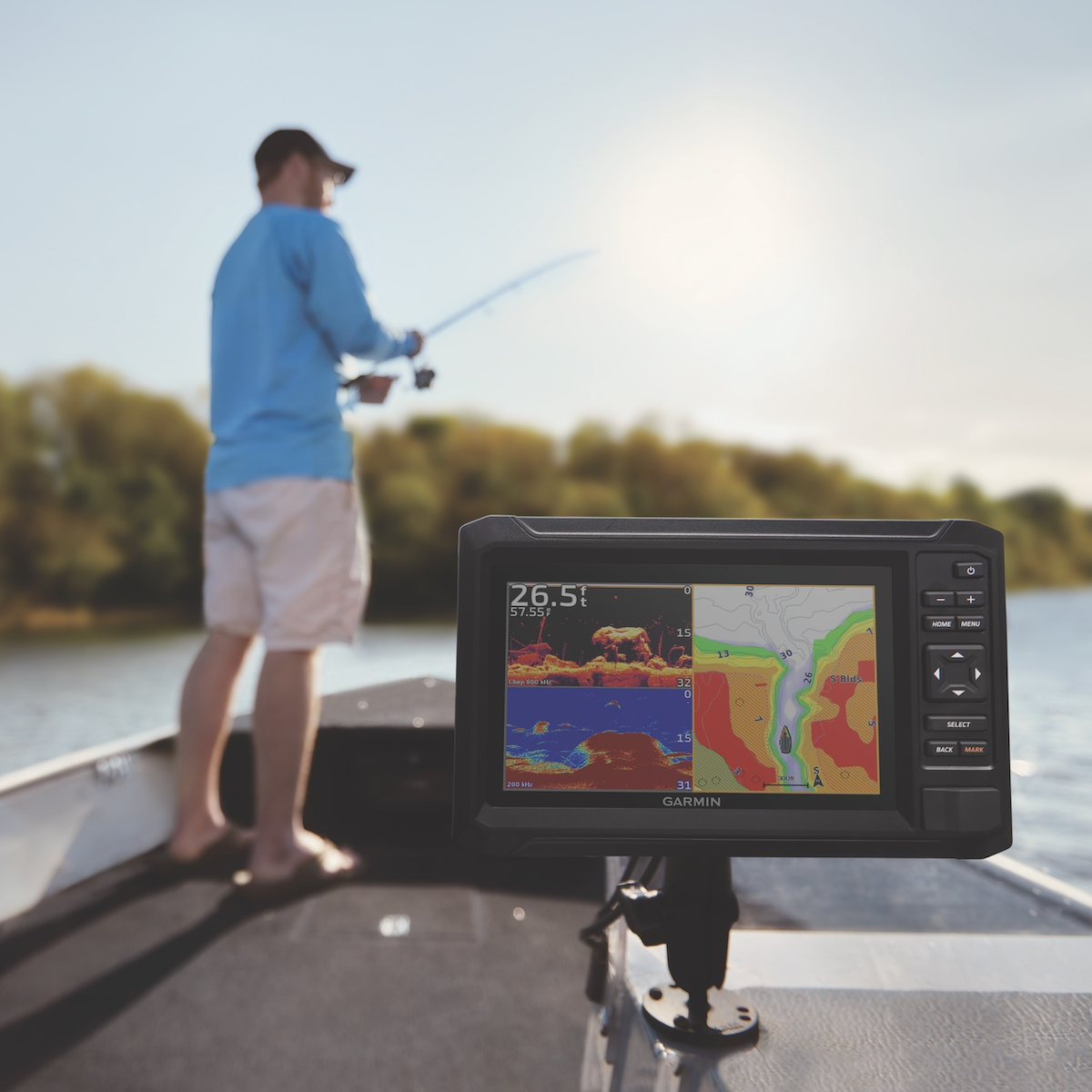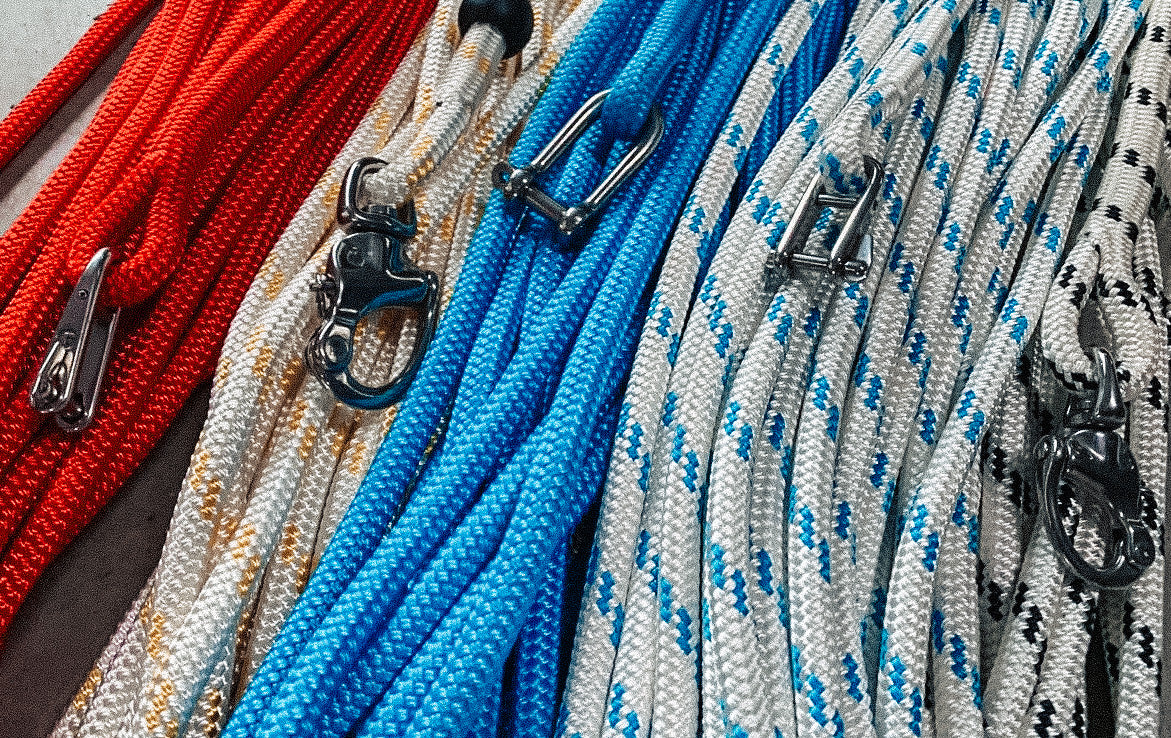Securing and maintaining your ropes is crucial for ensuring their longevity and performance. Among various finishing techniques, whipping stands out as a traditional and effective method for protecting rope ends. Here’s why you should consider incorporating whipping into your rope maintenance routine and how it can benefit you.
What is Whipping?
Whipping involves binding the end of a rope with a specialised twine to prevent fraying and unravelling. This technique is vital for maintaining the integrity of the rope and extending its usable life.
Why Whipping is Important
Prevents Fraying and Unravelling
Whipping stops the rope from fraying and coming apart at the ends. This is crucial for maintaining the strength and functionality of the rope over time. Without whipping, the rope ends can deteriorate, leading to weakened performance and potential failure.
Extends Rope Life
A rope with properly whipped ends is less prone to damage from wear and tear. By securing the rope’s ends, whipping helps in avoiding issues like bunching, wrinkling, and uneven tension that can reduce the rope’s lifespan.
Maintains Rope Integrity
For braided ropes, such as Braid on Braid or Doublebraid, whipping ensures that the core and cover remain aligned and properly tensioned. This alignment is essential for consistent performance and prevents problems related to the rope’s construction.
Offers Superior Weather and Wear Resistance
Using high-quality whipping twine, such as those made from UV-resistant and abrasion-resistant polyester, ensures durability and resilience. Waxed twine, like LIROS or Marlow, provides added protection by enhancing the rope's weather resistance and creating a firm, durable finish.
Provides a Professional Appearance
A neatly whipped rope end not only enhances functionality but also adds a polished look to your rigging. It reflects a high level of craftsmanship and attention to detail, contributing to the overall professionalism of your boat.
Avoids Temporary Fixes
While alternatives like heat sealing, taping, or stopper knots might offer short-term solutions, they often fail under stress. Whipping is a reliable, long-term method that maintains the rope’s performance and integrity.
Improves Rope Handling
A whipped rope is easier to handle and less likely to cause tangles or snags. This is especially important in challenging conditions or during complex operations on deck.
Customisable Techniques
Different whipping methods, including common whipping, Westcountry whipping, and sailmaker’s whipping, allow for customisation based on the rope's construction and intended use. This ensures you can select the most appropriate technique for your specific needs.
A Sense of Achievement
Mastering the art of whipping adds a personal touch to your rope maintenance and enhances your skills. It provides a sense of pride in your workmanship and ensures that your ropes are in top condition.
Choosing the Right Whipping Method
The appropriate whipping method depends on the type of rope and its application. Traditional stitching and whipping, also known as Palm and Needle Whipping, are generally effective and durable. It’s advised to whip the rope with a length of approximately one and a quarter times its diameter for optimal results.
Selecting Whipping Twine
For the best results, use high-quality whipping twine like LIROS or Marlow. LIROS Whipping Twine, available in 1mm and 1.5mm sizes, offers excellent performance with its wax coating. Marlow No 4 (0.8mm diameter) is another great choice for smaller ropes.
In summary, while whipping may require some extra effort, its benefits in maintaining the durability, performance, and appearance of your ropes are substantial. Incorporating this technique into your rope care routine ensures that your equipment remains reliable and ready for action.
Shop our range of Liros Ropes here.












